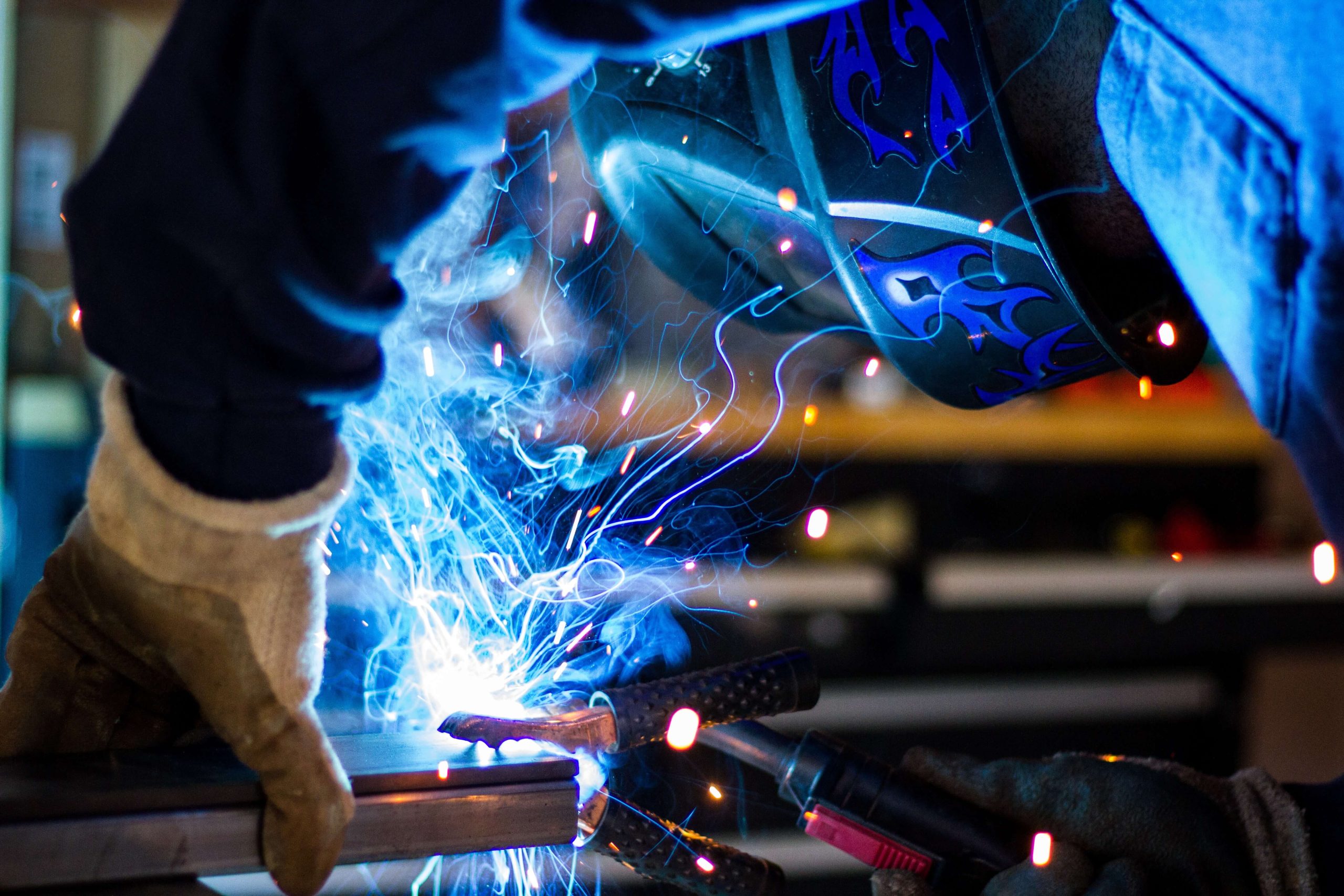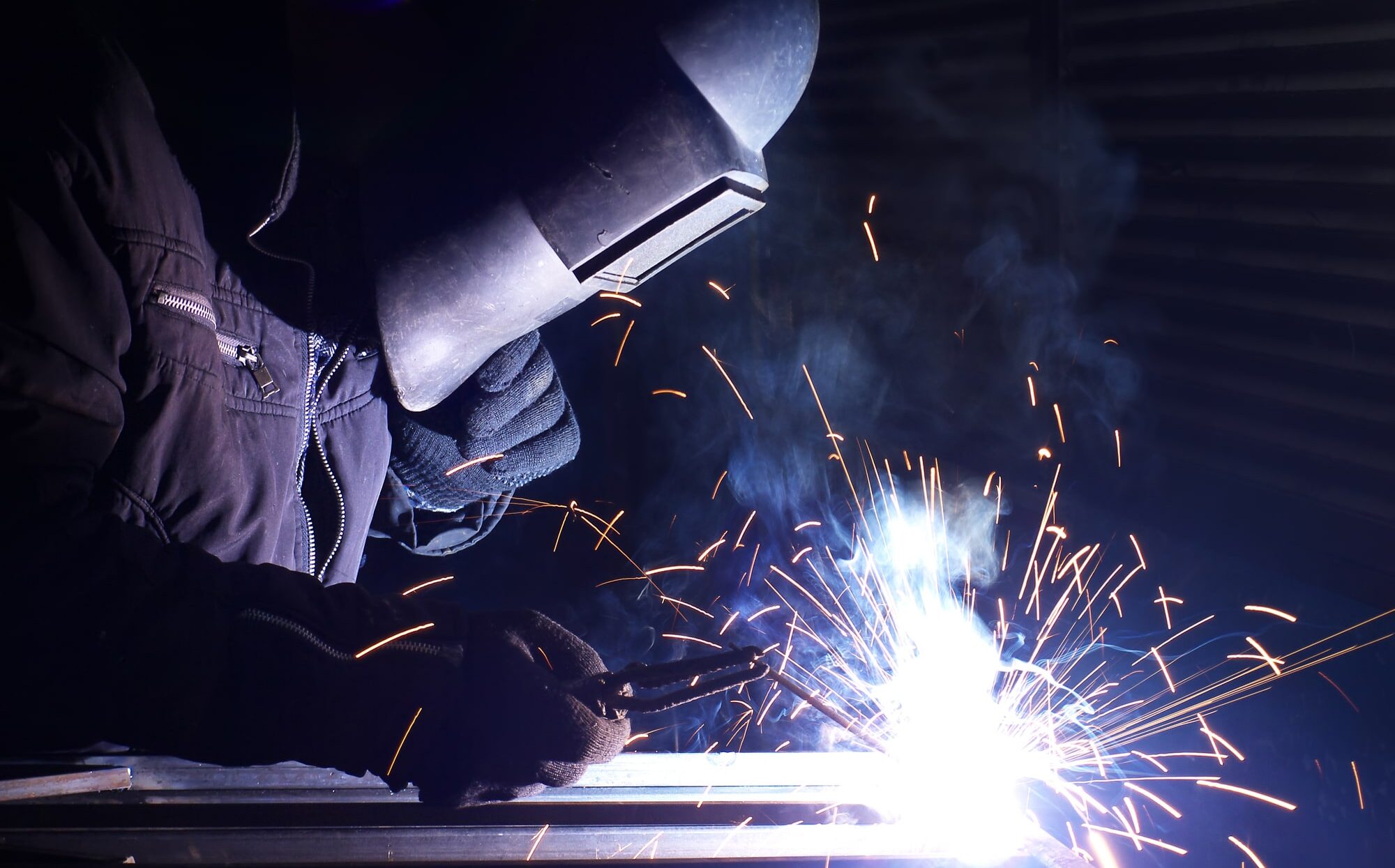Tips for avoiding distortion in Montana Mobile Welding and Repair Welding projects
All Regarding Welding: Trick Insights Into Techniques and Ideal Practices for Success
Welding incorporates a variety of methods, each fit for specific materials and applications. Recognizing these approaches, such as GMAW, SMAW, and TIG, is vital for accomplishing perfect outcomes. The ideal equipment and safety and security practices can not be ignored. As prep work and fixing play critical functions in the welding procedure, understanding these aspects can significantly boost the top quality of the end product. What are the crucial factors that ensure a successful weld?
Understanding Various Welding Strategies
Welding strategies encompass a range of techniques, each matched to specific applications and products. Among the most typical methods are Gas Metal Arc Welding (GMAW), Secured Metal Arc Welding (SMAW), and Tungsten Inert Gas Welding (TIG) GMAW, also called MIG welding, is popular for its rate and versatility, making it suitable for thin products. SMAW, or stick welding, is favored for its simplicity and performance in outdoor atmospheres, specifically with thicker steels. TIG welding offers accuracy and control, making it suitable for intricate job and non-ferrous steels (Montana Mobile Welding and Repair Belgrade Fabrication). Each strategy has its unique advantages and factors to consider, enabling welders to pick the best technique based on the task's needs, product kind, and wanted results. Comprehending these methods is essential for successful welding
Vital Welding Devices and Tools
While different welding techniques require details skills, the right devices and devices are just as necessary for attaining quality results. Essential welding tools includes welding machines, which vary depending upon the method-- such as MIG, TIG, or stick welding. Safety gear, including aprons, safety helmets, and handwear covers, assurances security and comfort during the process. Additionally, components and clamps assist safeguard materials in place, guaranteeing precision in welds. Consumables like welding rods, cord, and securing gas are also vital parts that influence the quality of the weld. Additionally, tools such as cutters and mills help with surface preparation and post-weld completing, contributing to an expert outcome. Buying high-quality devices ultimately boosts the effectiveness and performance of welding tasks.
Safety Practices in Welding
Proper security techniques are important in the welding market to shield workers from prospective hazards. Welders have to wear appropriate personal safety equipment (PPE), including helmets with correct shading, gloves, and flame-resistant clothes. Appropriate air flow is essential to decrease direct exposure to unsafe fumes and gases created throughout the welding procedure. Additionally, workers ought to be learnt the correct handling of welding devices to stop mishaps. Fire security steps, such as keeping combustible products away from the welding location and having fire extinguishers easily available, are needed. Regular assessments of devices and offices can help recognize potential hazards before they result in crashes. By adhering to these security practices, welders can produce a much safer working setting and decrease risks connected with their trade.
Readying Materials for Welding
Preparing products for welding is a vital step that greatly influences the top quality and honesty of the end product (Belgrade). Appropriate preparation entails cleaning up the surface areas to eliminate contaminants such as corrosion, oil, and dirt, which can compromise the weld. Techniques such as grinding, fining sand, or making use of solvents are frequently utilized to accomplish a clean surface area. Furthermore, ensuring that the products fit together comfortably is necessary; spaces can lead to weak welds. It's also crucial to take into consideration the alignment and positioning of the elements, as this will certainly affect the ease of welding and the final result. Lastly, selecting the proper filler material and guaranteeing compatibility with the base steels is vital for attaining strong, resilient welds
Tips for Achieving High-Quality Welds
Attaining high-quality welds calls for focus to information and adherence to finest techniques throughout the welding process. Appropriate joint preparation is essential, making certain surfaces are tidy and free from impurities. Selecting the ideal filler product and welding strategy based upon the base metals is crucial for optimal bonding. Maintaining consistent traveling speed and angle while welding can avoid flaws and advertise harmony. Furthermore, controlling warmth input is vital; too much warm can bring about warping and damaged joints. Frequently checking the welds during the process enables instant adjustments if required. Ultimately, using proper post-weld treatments, such as cleansing and anxiety alleviation, can boost the durability and honesty of the weld, inevitably making sure a successful end result.
Fixing Common Welding Issues
Welding usually provides obstacles that can influence the quality and stability of the final product. Common issues such as porosity, irregular weld beads, and overheating can arise, each needing certain troubleshooting techniques. Recognizing these troubles is necessary for welders to boost their abilities and achieve perfect outcomes.
Porosity Problems Clarified
Although porosity can frequently be forgotten, it stays a crucial issue in welding that can jeopardize the stability of a see page completed item. Porosity refers to the existence of tiny gas pockets within the weld bead, which can lead and deteriorate the joint to premature failure. This issue generally emerges from contaminants, moisture, or inappropriate protecting gas insurance coverage during the welding process. To alleviate porosity, welders need to verify that the base products are completely dry and clean, utilize ideal securing gases, and maintain constant welding criteria. Consistently evaluating the devices and atmosphere can likewise aid identify potential problems before they materialize in the weld. Dealing with porosity effectively is necessary for achieving strong, resilient welds that fulfill high quality standards.

Irregular Weld Beans
Inconsistent weld beads can greatly influence the quality and strength of an ended up product. Various aspects add to this issue, including inappropriate traveling rate, inaccurate amperage setups, and inconsistent electrode angles. When the welder moves also promptly, a grain might show up slim and do not have penetration, while moving too slowly can cause excessive buildup. Additionally, using the incorrect amperage can lead to either damaging or extreme spatter, both of which concession weld integrity. The welder's method, such as inconsistent torch movement, can also lead to unequal bead look. To mitigate these issues, welders must focus on preserving stable, regulated activities and ensuring correct tools setups to accomplish uniformity in their welds. Uniformity is vital to attaining solid and dependable welds.
Getting Too Hot and Bending Issues
Extreme warmth during the welding process can bring about substantial overheating and deforming concerns, impacting the architectural honesty of the work surface. These issues commonly manifest as distortion, which can jeopardize placement and fit-up, making additional setting up testing. Factors adding to overheating consist of the choice of welding criteria, such as voltage and take a trip rate, in addition to the type of product being welded. To minimize these problems, welders must maintain regular travel speed and suitable warm input while monitoring the workpiece temperature level. Furthermore, pre-heating or post-weld warm therapy can help minimize stress and anxieties triggered by quick air conditioning - Montana Mobile Welding and Repair Belgrade Fabrication. Normal examination and adherence to this hyperlink ideal methods are necessary in avoiding getting too hot and making sure the longevity and reliability of welded structures
Often Asked Concerns
What Are the Profession Opportunities in the Welding Industry?
The welding sector provides varied job opportunities, consisting of placements as welders, engineers, educators, and assessors. Experts can operate in manufacturing, building and construction, aerospace, and automotive industries, gaining from strong need and affordable salaries in various functions.
Exactly How Can I Improve My Welding Rate Without Compromising High Quality?
To enhance welding speed without compromising quality, one need to practice effective methods, preserve equipment, enhance setups, and enhance hand-eye sychronisation. Regular training and looking for responses can likewise significantly add to accomplishing faster, top notch welds.
What Accreditations Are Available for Welders?
Countless accreditations exist for welders, including those from the American Welding Culture (AWS), the National Facility for Construction Education and Research Study (NCCER), and various industry-specific companies. These qualifications boost employability and demonstrate ability efficiency.
Exactly How Does Welding Influence the Residences of Metals?
Welding influences the properties of steels by altering their microstructure, which can cause adjustments in firmness, strength, and ductility. Warm input and cooling prices throughout the process considerably affect these material attributes.
Can I Bonded Dissimilar Metals Together?
